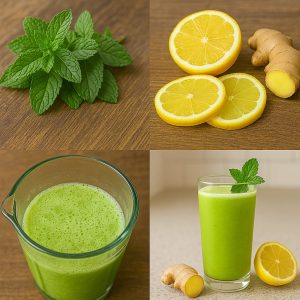Discover the Power of Culantro 🌿
Culantro (Eryngium foetidum), often overshadowed by its cousin cilantro, is a hidden gem in the culinary and medicinal world. Known for its bold, earthy aroma and serrated leaves, this tropical herb is widely used in Latin American, Caribbean, and Southeast Asian cuisines. Beyond its role in cooking, culantro boasts remarkable health benefits, making it a valuable addition to both your kitchen and natural wellness routine.
Health Benefits of Culantro
Packed with essential vitamins A, C, and K, along with minerals like calcium and iron, culantro supports strong bones, a healthy immune system, and glowing skin. It has long been used to aid digestion, reduce inflammation, and even support respiratory health. Traditional medicine practitioners often turn to culantro for detoxifying the liver, soothing sore muscles, and relieving symptoms of colds and asthma.
How to Use Culantro
Culantro’s versatility extends from the kitchen to herbal remedies. Its rich, herbal flavor enhances soups, stews, marinades, and sauces, while fresh leaves can be blended into dips and salsas. As a natural remedy, culantro tea can ease digestive discomfort, and crushed leaves serve as an effective poultice for wounds and insect bites. Whether used in cooking or for wellness, this herb is a must-have in every home.
Growing Culantro at Home
If you’re looking to grow your own culantro, it thrives in warm, humid conditions with partial shade. Plant it in well-draining soil, keep it consistently moist, and harvest outer leaves regularly to encourage growth. Whether cultivated in a garden bed or a pot indoors, culantro is an easy-to-maintain herb that rewards you with fresh, flavorful leaves year-round. Add this powerhouse plant to your home garden and enjoy its incredible benefits!





